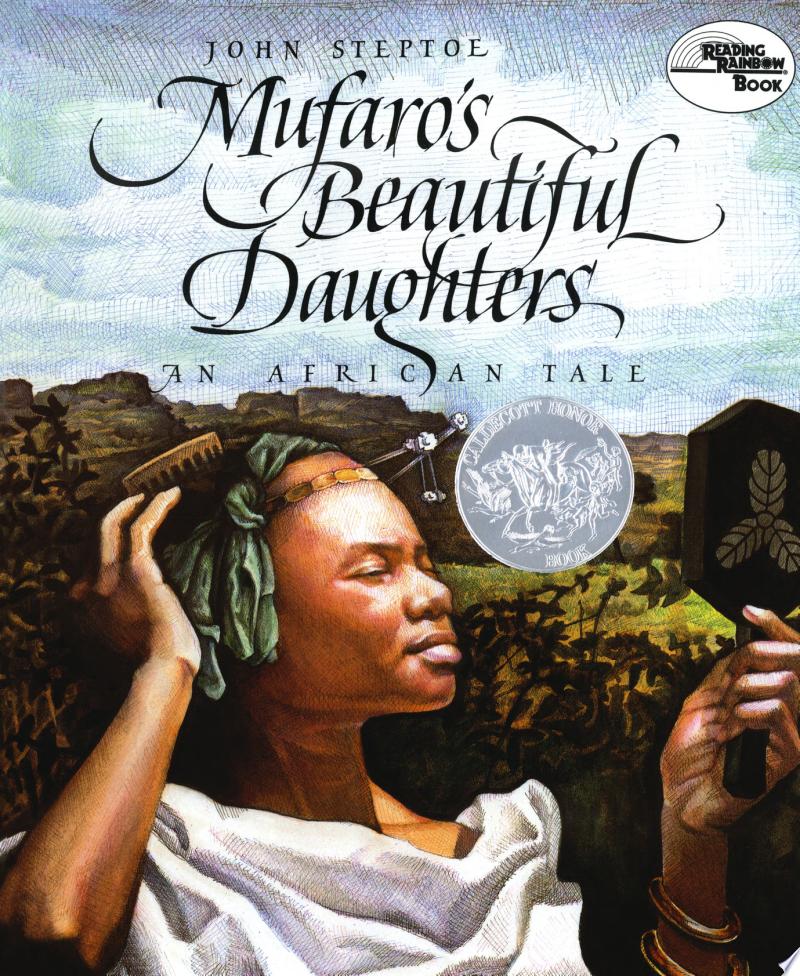Mufaro was a happy man. Everyone agreed that his two daughters were very beautiful. Nyasha was kind and considerate as well as beautiful, but everyone — except Mufaro — knew that Manyara was selfish, badtempered, and spoiled.
When the king decided to take a wife and invited “The Most Worthy and Beautiful Daughters in the Land” to appear before him, Mufaro declared proudly that only the king could choose between Nyasha and Manyara. Manyara, of course, didn’t agree, and set out to make certain that she would be chosen.
John Steptoe has created a memorable modem fable of pride going before a fall, in keeping with the moral of the folktale that was his inspiration. He has illustrated it with stunning paintings that glow with the beauty, warmth, and internal vision of the land and people of his ancestors.
-
Sexual Content - 0/5
0/5
-
Violence - 0/5
0/5
-
Language - 0/5
0/5
-
Drugs and Alcohol - 0/5
0/5
Summary
As a new grandmother, I’ve been searching for more diverse children’s books to add to my library, and I ran across Mufaro’s Beautiful Daughters at the library sale a while back. I bought it and I’m so glad I did. It’s a lovely Cinderella-esque story of a man named Mufaro who lives in an African village and has two beautiful daughters, Manyara and Nyasha. Manyara is selfish and cruel, while Nyasha is always sweet and kind to humans and animals alike. One day, a messenger arrives from the city, saying that the king is searching for a wife and he’s invited all the most beautiful and worthy daughters in the land to appear before him. Wanting to be the first to arrive, Manyara sneaks out ahead of everyone else, but fails to heed the warnings of the people she meets along the way. Meanwhile Nyasha leaves with everyone else the next morning and when she arrives a surprise awaits her.
As a lover of all things fairy tale, I very much enjoyed this story. It’s everything I expect a fairy tale to be, including the HEA, just with an African backdrop and characters. According to the author’s note inside, the story was inspired by an African folktale that was published in the late 19th century, while the characters names are taken from the Shona language. The illustrations are quite beautiful, detailed, and realistic, and again, according to the note, the settings were inspired by the ruins of an ancient city in Zimbabwe, as well as the plants and animals of the region. Mufaro’s Beautiful Daughters was a Caldecott Honor Book and also the recipient of the Coretta Scott King Award for its illustrations, and I can definitely see why. In addition to the wonderful illustrations and the fairy tale quality of the story, I also very much appreciated the message about true beauty having more to do with a kindness of the heart and that pride and selfishness have consequences. The book is a keeper for me, and with this being my first read by the late John Steptoe, I’ll certainly be checking out his other work.
Review provided by The Hope Chest Reviews

